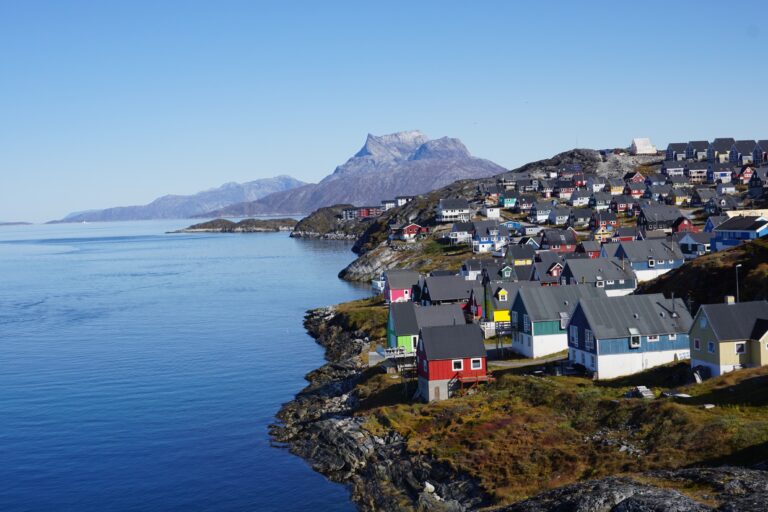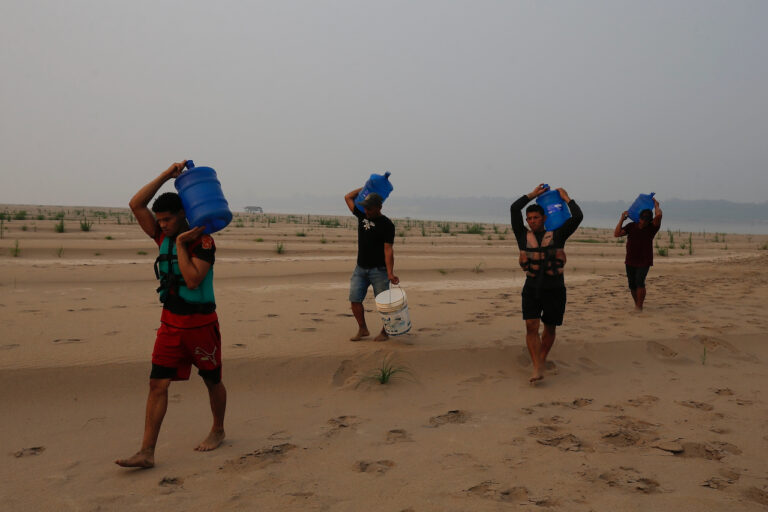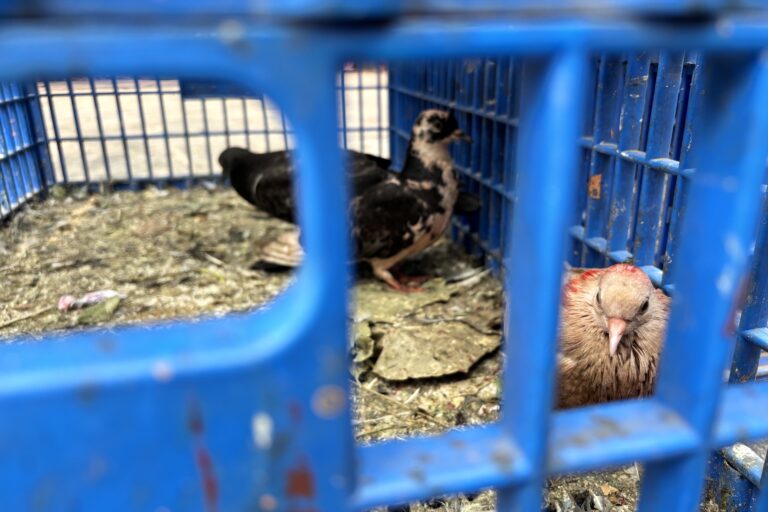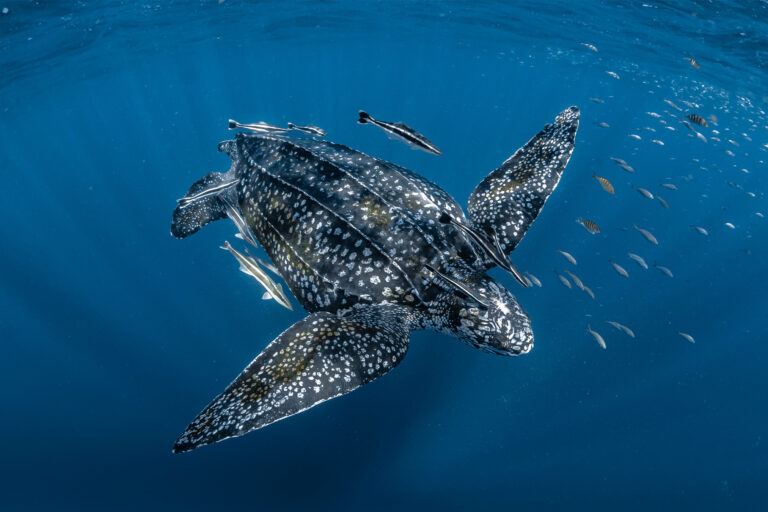- A new U.N. report documents some of the most widespread and damaging impacts of the 2023-24 drought in the Amazon basin, which affected hundreds of thousands of Amazonian people.
- The main impacts were impeded transportation, drinking water shortages, deaths of aquatic wildlife and wildfires.
- In 2023, the drought led to a loss of 3.3 million hectares (8.1 million acres) of surface water relative to 2022 and nine Amazon countries experienced extremely high temperatures and their lowest rainfall in 40 years.
- Researchers warn that droughts are expected to worsen as climate change continues.
A new report by the U.N. Convention to Combat Desertification (UNCCD) and the U.S. National Drought Mitigation Center has revealed the most widespread and damaging impacts of last year’s severe drought in the Amazon Basin, which affected hundreds of thousands of Amazonian people.
According to the report, impeded transportation, drinking water shortages, aquatic wildlife deaths and wildfires were among the greatest challenges the communities faced. The 2023-24 drought led to the isolation of Indigenous communities that are dependent on waterways for transportation, food and income. This caused food insecurity and impacts on health, researchers say.
“We are witnessing droughts that are more widespread, more frequent and more intense, and that compound with other risks like heat and fires,” Daniel Tsegai, a UNCCD program officer and drought expert, told Mongabay by email. “The fact that not even rainforests are spared from this emerging trend is of great concern and should be taken seriously to prevent human suffering, ecosystem destruction, and economic loss.”
Environmental researchers consider the drought as “unprecedented” and “the most severe and widespread of the past century” in the Amazon region. In 2023, it led to a loss of 3.3 million hectares (8.1 million acres) of surface water in Brazil’s Amazon relative to 2022, while nine Amazonian countries experienced extremely high temperatures and their lowest rainfall in 40 years. Researchers attribute the drought to a combination of El Niño and human-induced climate change.
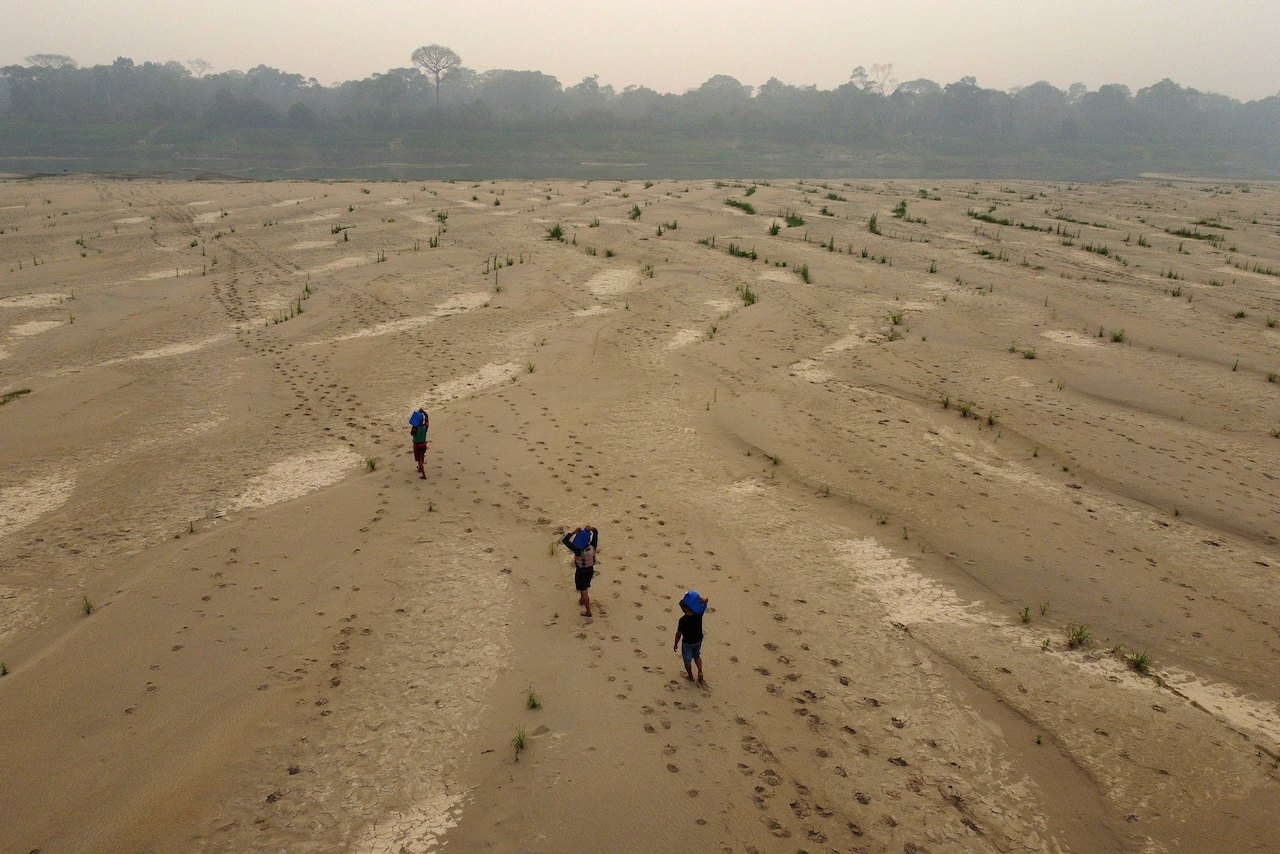

In September 2023, waterways were at historically low levels and this continued through late 2024. Many communities were unable to access basic services, as most of them rely on boats for transportation. Residents also depend on fishing for sustenance and employment, which was “drastically affected” by low water levels and high temperatures, the report said.
One study published in Communications Earth & Environment estimated that 1,359 Indigenous villages in the Brazilian Amazon, or 53.9%, are geographically prone to some degree of isolation during severe or extreme droughts. In Peru’s Amazon, more than 130 Indigenous communities were left isolated after the 2023-24 drought hit.
“Streams and lakes increasingly dried up, which we use for various purposes, such as transportation,” Julio Cusurichi, a Shipibo-Conibo Indigenous leader from Peru, told Mongabay. “This meant boats could no longer provide services to the communities. When the river is very dry, it’s no longer possible to navigate.”
The drought also led to a decrease in fish availability, Cusurichi said. “The [fish] are in the headwaters of the river, but since there was little water, these fish almost no longer travel to reproduce.”
A mass fish die-off in Brazil’s Amazon River killed an estimated 20-30 metric tons of fish, such as pirarucu (Arapaima gigas), red-bellied pacu (Piaractus brachypomus) and the talking catfish (Acanthodoras spinosissimus). The die-off, which researchers say they believe was caused by the drought, also caused water contamination. Fishers from the riverine community of Igarapé do Costa, near the city of Santarém in northern Brazil, noticed the dead fish floating along the Aramanaí Channel — a waterway that connects with the Amazon River and is home to hundreds of fishing families.
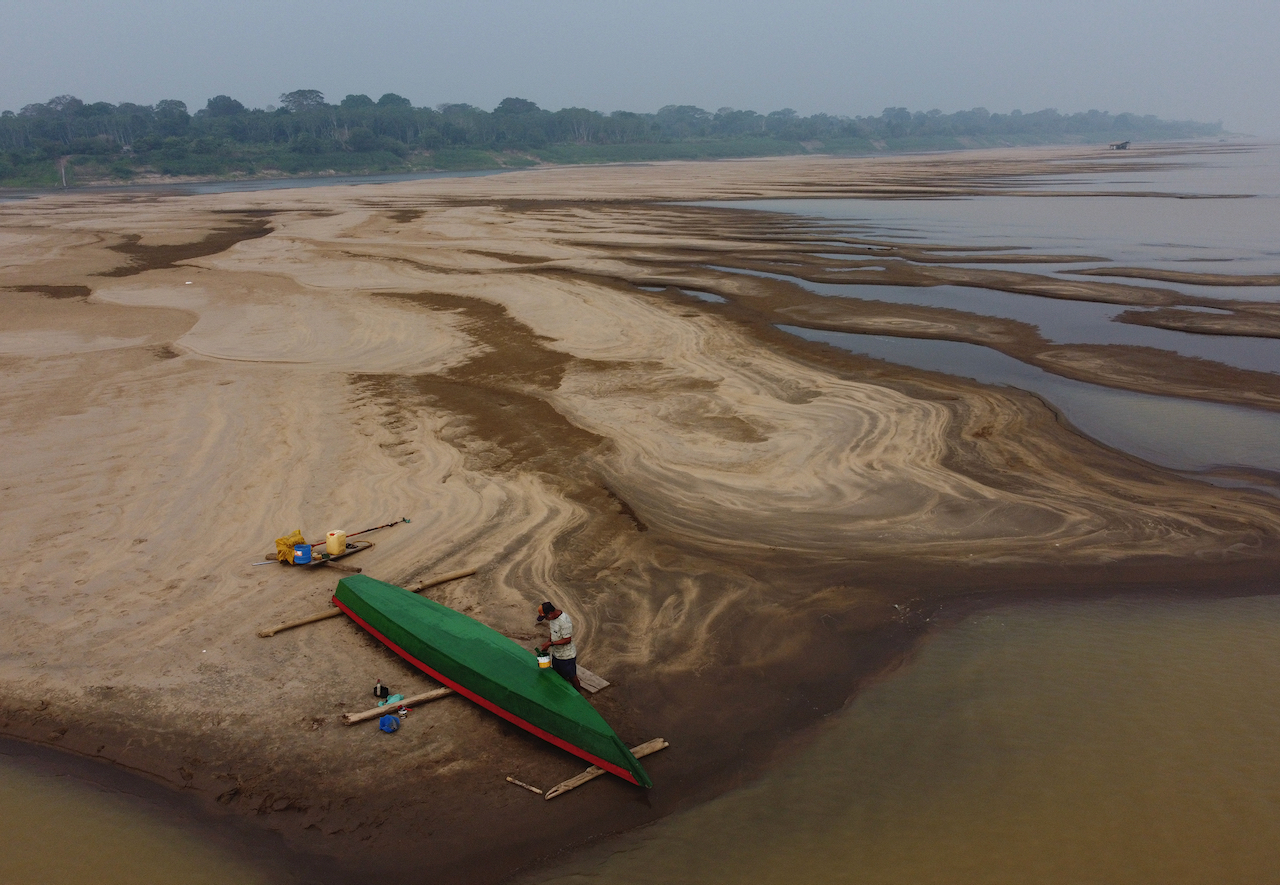
Tsegai said solutions to anticipate, prepare for and adapt to drought must be tailored to local contexts and undertaken as part of a government-wide and society-wide approach to build resilience. Securing land rights, enhancing traditional food and water systems and supporting local infrastructure, such as rainwater harvesting, are some key solutions that can mitigate drought impacts, he said.
Letícia Santos de Lima, a researcher at the Social-Ecological Systems Research Laboratory, Institute of Environmental Science and Technology at the Autonomous University of Barcelona , told Mongabay the opening and paving of new roads, as promoted by Brazil’s President Luiz Inácio Lula da Silva, is a “poorly thought-out ‘solution’,” as road expansion is known to be one of the main drivers of deforestation and forest degradation in the Amazon.
“Policies must be based on science and factor in potential impacts to ensure that the remedy is not worse than the disease,” Tsegai said. “Countries can also enhance early warning systems, strengthen coordination, and enforce protections against deforestation and illegal resource extraction, while recognizing that the resilience of Indigenous peoples and local communities is key to the resilience of the Amazon rainforest itself.”
Banner image: Residents transport drinking water from Humaita to the Paraizinho community, along a dry part of the Madeira River, a tributary of the Amazon River, amid a drought, Amazonas state, Brazil, Sep. 8, 2024. Image by Edmar Barros/AP Photo.
Where there’s political will, there’s a way to stop tropical deforestation, study finds
Citations:
UNCCD. (2025). Drought Hotspots Around the World 2023-2025. United Nations Convention to Combat Desertification, Bonn. Recovered from: https://www.unccd.int/sites/default/files/2025-07/Drought%20Hotspots%202023-2025_ENG.pdf
Souza, C. M., Marengo, J.,Ferreira, B., et al. (2024). Amazon severe drought in 2023 triggered surface water loss. Environmental Research: Climate, 3(4): 041002. doi: 10.1088/2752-5295/ad7c71
Santos de Lima, L., Silva, F.E., Dorio Anastácio, P.R. et al. (2024). Severe droughts reduce river navigability and isolate communities in the Brazilian Amazon. Communications Earth & Environment, 5, 370. doi: https://doi.org/10.1038/s43247-024-01530-4
Ferreira, V., Buras, A., Zscheischler, J., Mahecha, M. D., & Rammig, A. (2025). Evaluating the 2023-2024 record dry-hot conditions in the Amazon in the context of historical compound extremes. Environmental Research Letters. https://doi.org/10.1088/1748-9326/ade550
Clarke, B., Barnes, C., Rodrigues, R., Zachariah, M., Stewart, S., Raju, E., Baumgart, N. J., Heinrich, D., Libonati, R., Santos, D., Albuquerque, R., Muniz, L., & Otto, F. (2024). Climate change, not El Niño, main driver of exceptional drought in highly vulnerable Amazon River Basin. In Research Portal Denmark. https://doi.org/10.25561/108761
Feedback: Use this form to send a message to the author of this post. If you want to post a public comment, you can do that at the bottom of the page.










